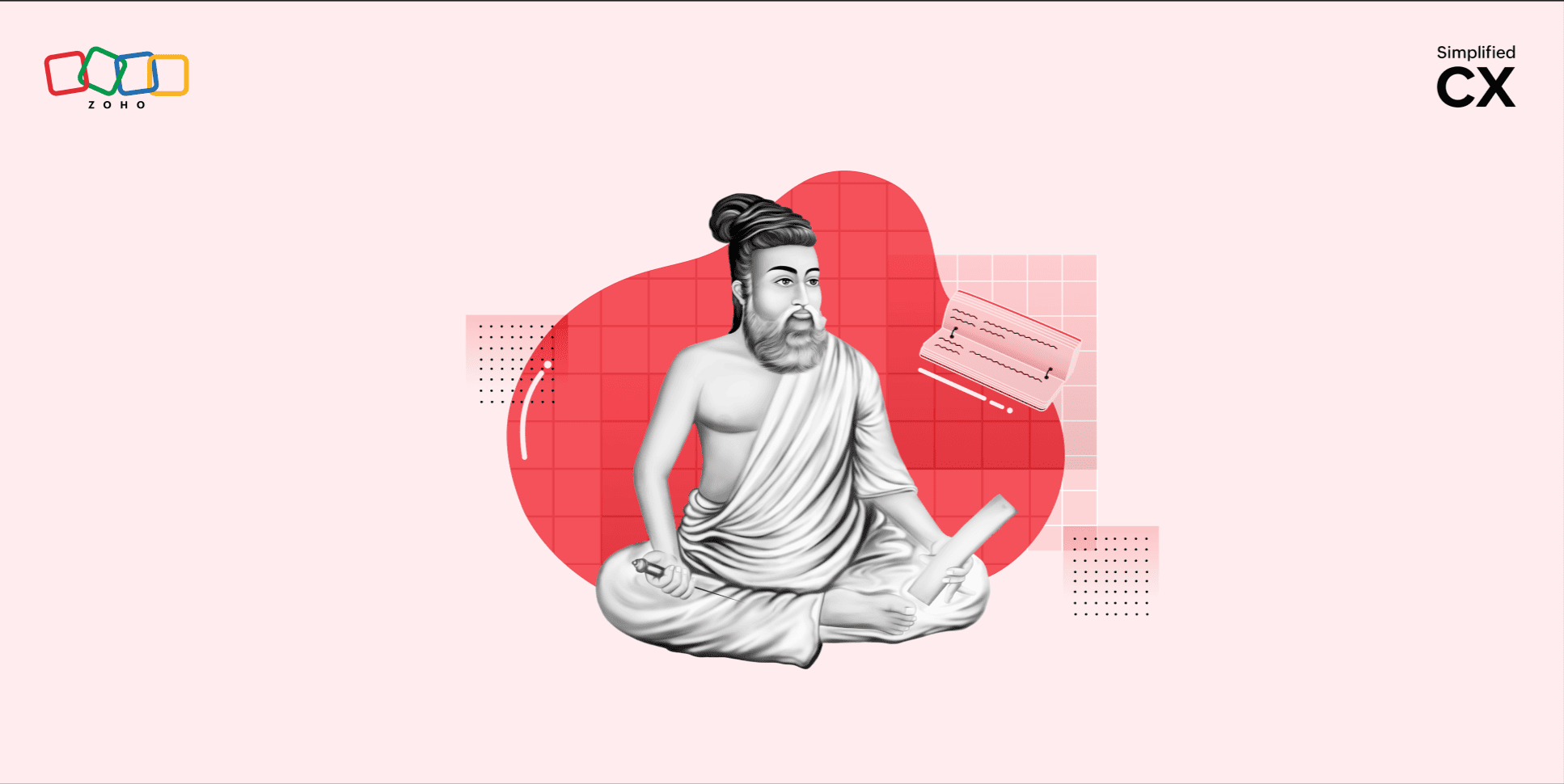CX takes center stage in the genAI landscape
- Last Updated : August 30, 2024
- 241 Views
- 4 Min Read

Technological advancement has always been a double-edged sword. On one hand, these advancements make it easier to get things done, but on the other, they can also have negative effects, such as job losses. At Simplified CX, we've explored this dichotomy in the context of generative AI (genAI) and shared ways to counter this challenge here.
While it's still true that genAI can potentially lead to job losses, the magnitude of the impact might be less than what we previously believed, a Forrester study reveals. According to this study, genAI's impact is more likely to be that more roles and responsibilities will undergo changes than be lost altogether. All genAI tools, including but not restricted to large language models (LLMs), are bound to increase employee productivity and free up more time—time that, in our opinion, should be focused on improving CX further.
Maybe it's only in the past decade or so that businesses have placed a particular emphasis on "customer experience," but history demonstrates that it's brands that took their customers' needs and feelings seriously that have sustained long and remained strong. It's just that we now have terminologies and methodologies that refer specifically to what these companies knew and did unconsciously.
GenAI and LLM tools might help businesses create more with less, be more efficient, and make decisions more quickly, but none of these abilities matter if they don't positively impact your customers' experience. In this post, let's look at how to achieve this goal.
Do more customer research
One of the cornerstones of good CX is giving customers exactly what they need. How you give it to them and how you make them feel while doing so come next. Whether your customers get exactly what you promised them or what they asked for is always paramount. So first, use genAI to learn about your customers and what they need. Then use the time you save to dive deeper and learn more about their aspirations so that you can be ready to cater to their changing needs.
For instance, you can use GenAI to sift through vast amounts of user-generated content, such as reviews, social media posts, and surveys to get a quick summary of your customers' general feeling towards your business. You can also quickly identify other information, such as the most requested features, areas of improvement, specific branches/employees who have received appreciation, and so on. With these insights, you can then decide which ideas/features to prioritize, what practices/policies to follow and avoid, and which practices are best.
Map the customer journey
If you haven't mapped your customers' journey with your offering(s) yet, now's a good time to get it done. When you analyze each stage of the journey and visualize how your customers pass through them, you can identify the bottlenecks that hinder their experience. Once you do this, you can then find ways to fix these bottlenecks using genAI tools.
For instance, Amazon has recently introduced an AI-powered capability that provides quick summaries of user reviews for a product, presented right above the reviews section. This way, customers can determine categorically whether the product will fulfill their needs and then look deeper into actual reviews if they're further interested in the product.

Here, AI has smoothed the process of research and comparison and affected the next stage of purchase decision in a meaningful way. Similarly, you can use AI-powered assistants to provide agents with product/service recommendations and identify upselling or cross-selling opportunities during conversations.
Focus more on personalization
Yes, referring to customers by their name and customizing text based on previous interactions or purchase histories do constitute instances of personalization, but with genAI in the mix, you can take it to the next level.
With image-based genAI tools like DALL-E and Midjourney becoming more capable and getting closer to beating the uncanny valley phenomenon, we can expect to see more realistic AI-generated images in the foreseeable future. Still, their current versions are already capable of creating images that are nearly indistinguishable from reality. So you should first segment your target customer base and create viable customer personas, and then use image-based genAI tools to create visuals for marketing and advertising accordingly. This will make your messaging more personal and relatable to prospective customers.
Foster loyalty
One of the things that genAI tools are really good at is identifying patterns. So if you see a spike in customer attrition at some point (or even the opposite), leverage this capability to analyze customer behavior data and identify the reason (or lack thereof) for the churn. These AI tools can look at indicators like decreases in frequency and purchase values over a period, dips in conversion rates and customer satisfaction metrics, or downward trends in engagement.
The more data the tool receives, the more patterns it detects. Proactively analyzing churn data can even help you identify customers considering moving on from your offering. By doing so, you can devise a different retention strategy and give them a reason to stay.
Organizations across the world have started using genAI tools more efficiently and strategically, especially in marketing. These tools might not be the panacea that cures all the CX challenges you might be facing, but they can certainly fix at least a few of them and help you get closer to the goal of delivering exceptional CX.


